Start » Pests of the pistachio tree: The green stink bug (Nezara viridula L.)
Pests of the pistachio tree: The green stink bug (Nezara viridula L.)
Also known as the almond bug, this hemipteran insect can cause damage to pistachio fruits, causing spots and deformations. To prevent and control this pest, it is important to take measures such as removing vegetation and dead wood around trees, sealing cracks in the trunk and treating with specific insecticides. In addition, it is advisable to adopt preventive and hygiene practices in the plantation.
Table of Contents
Estimated reading time: 9 minutes
The green stink bug (Nezara viridula L.)
The green bug, scientifically known as Nezara viridula L., is a common pest that can affect the pistachio crop. This insect belongs to the group of hemiptera and has a wide range of host plants, including the pistachio tree.
These sucking insects, like all hemipterans, are equipped with an articulated beak that they retract between their legs. It is a polyphagous species that feeds on all types of plants. horticultural crops and which, occasionally, can also cause damage to the vineyard, fruit trees and pistachio trees.
The green bug (Nezara viridula) is one of the most important pest pentatomid species.
In the adult state it winters in dry leaves, among vegetation or on the ground. Once spring begins, they become active and leave their shelter to feed, migrating to the trees.
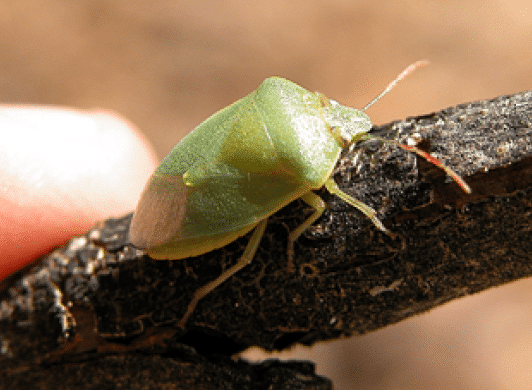
Life cycle and behavior
Nezara viridula goes through five nymphal stages. The first lay is on the underside of the leaves, in groups of 30 to 130 1 mm cylindrical eggs. tall and pale yellow in color, they are barrel-shaped with flattened ends and have a striking belt of thorns. Over time, they acquire a light orange color and brighten after about a week, depending on the ambient temperature.
Initially the larvae are yellow with small black spots, darkening after the first molt, taking on a reddish color with red eyes and transparent legs and antennae when they become nymphal. The nymphs go through five instars before reaching adulthood with a maximum size of 15 mm.
Adults are shield-shaped, with a size between 14 and 16 mm. long by 8 or 9 mm. Wide. They are green with three small lighter spots on the scutellum. If they feel threatened, they secrete unpleasant-smelling substances. During winter they take on a reddish brown color.
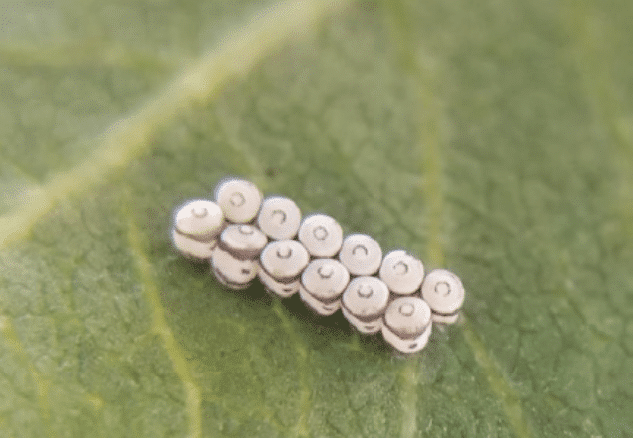
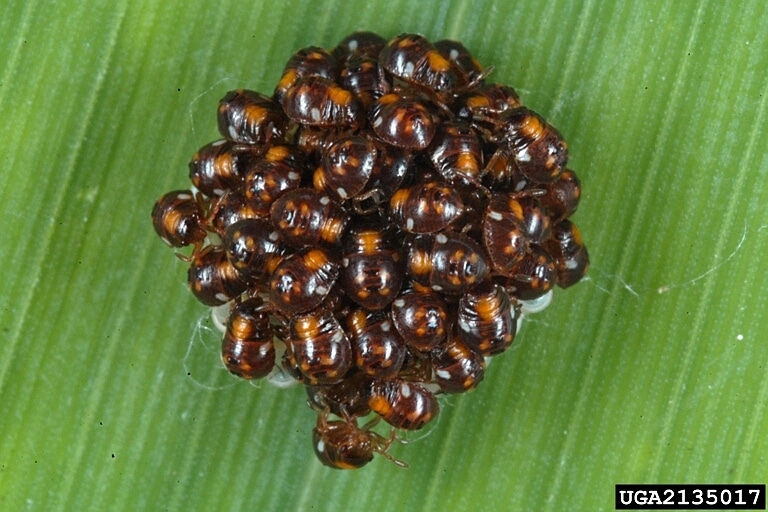
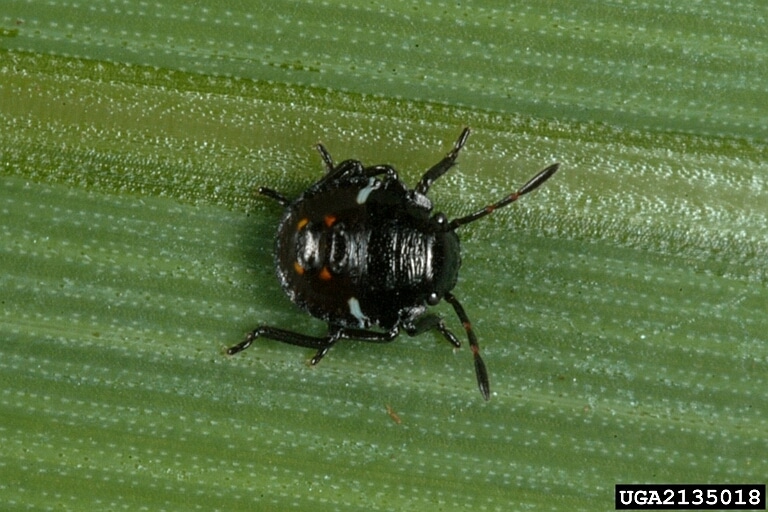
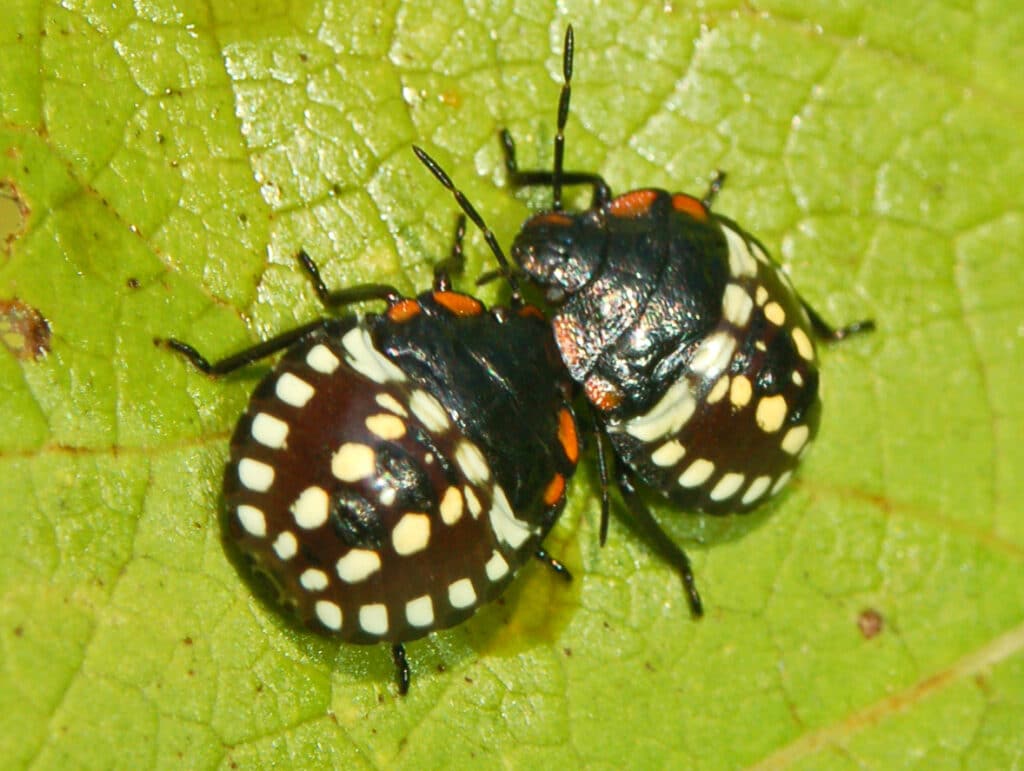
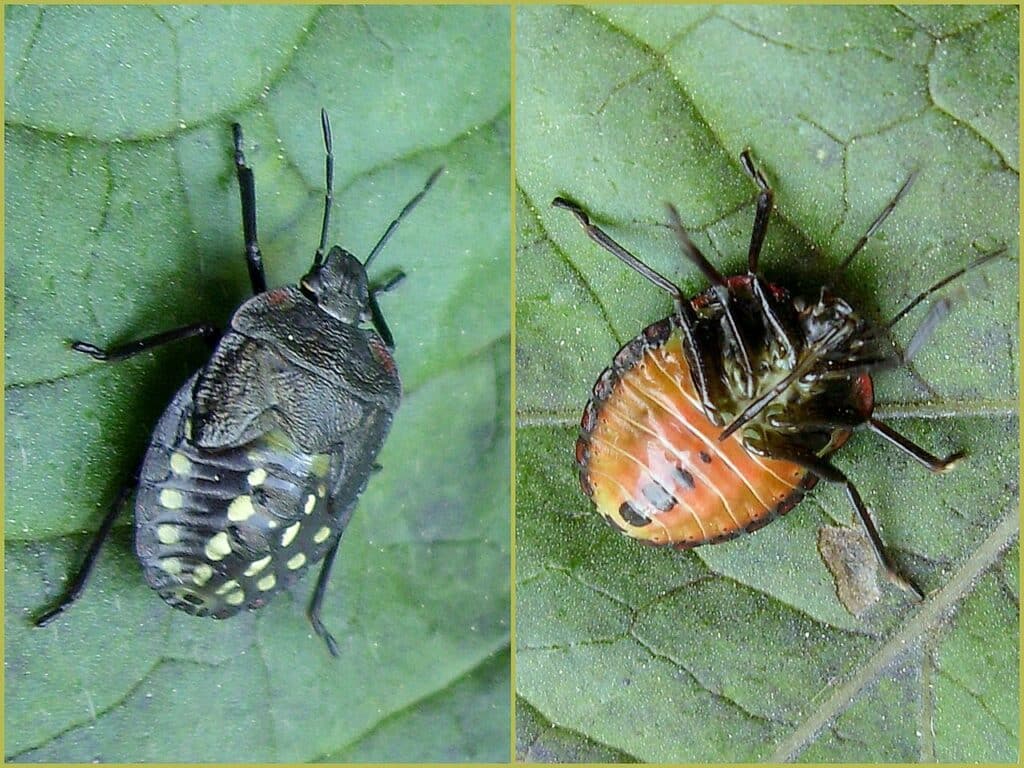
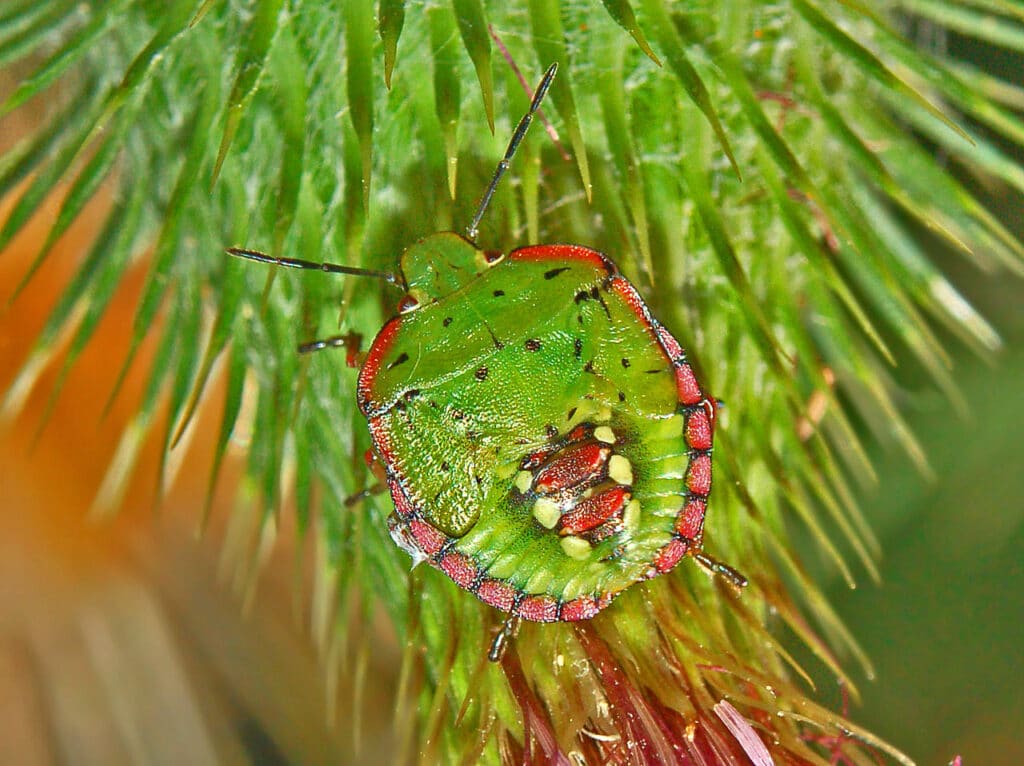
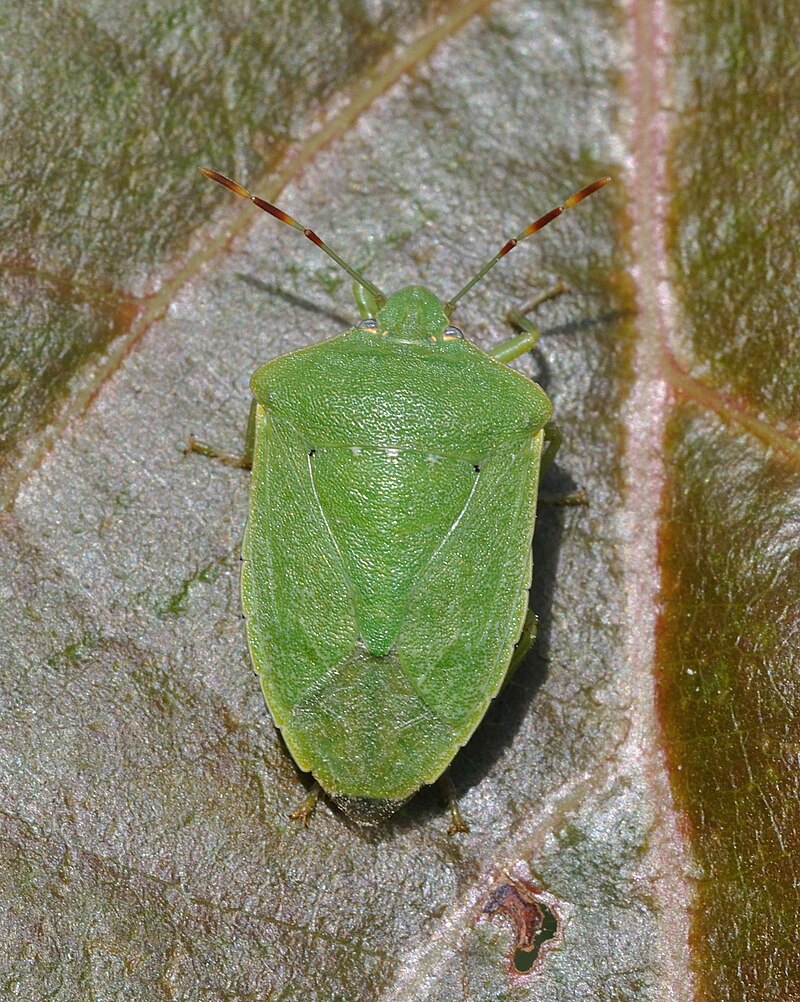

They have two or three generations at the end of the year. Until the third stage of development, the small, newly hatched nymphs behave in a gregarious manner. The first stages do not feed and remain grouped together with the empty eggs. This grouping allows them to improve their protection against desiccation and high temperatures, while at the same time better protecting themselves from their natural enemies, combining their chemical defenses.
The second and third instars feed, but they maintain the tendency to remain grouped until the fourth nymphal stage.
After completing five molts, they reach the adult stage., giving rise to a second generation, which is the largest.
During their development, green bugs feed on plant sap, using their mouthparts to pierce and suck the liquid. Regarding his behavior, green bugs have a preference for the youngest parts of the plant, such as young shoots, leaves and growing fruits. In addition, they can be found congregated in groups in the most feeding areas, which makes their detection and control easier.
Damage caused to the pistachio tree
The damage caused by the green stink bug in the pistachio tree can be significant. Bed bugs feed on the sap and, in doing so, cause a number of negative effects. Among them are spots on the fruits and deformations, which can negatively affect the quality and appearance of the harvest. The damage resulting from feeding bites on the fruit forms hard brownish or black spots and the attacked shoots usually wither.
Their bites can cause the fruits to fall or abort when they are small. Older fruits resist better, but drying out the damaged part prevents their normal development.
Furthermore, in cases of severe infestations, the pest can deplete the plants' resources and weaken them, affecting their growth and production.
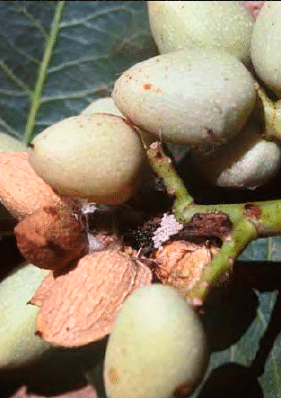
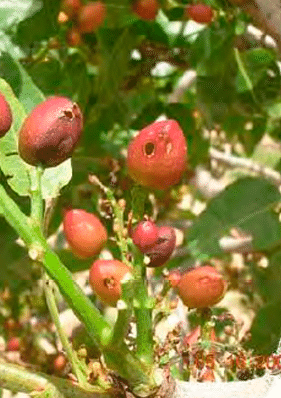
It is important to highlight that the damage caused by the green stink bug not only directly affects the pistachio tree, but can also encourage the entry of diseases and other harmful insects. Therefore, it is essential to carry out adequate control of this pest to protect the health and development of the crop.
To ensure good development of the pistachio crop and prevent the proliferation of the green stink bug, it is essential to implement adequate control and prevention measures.
Critical period for cultivation
Due to the development of the larvae, preferably on the forming fruits, the critical period extends from fruit setting until autumn.
Pest prevention and control
The prevention and control of the green stink bug in the pistachio tree is essential to maintain the health and productivity of the crop. Below are the different measures that can be taken:
Removal of dead wood, cracks in the trunk and adventitious plants
It is important to properly clean around trees and remove dead wood, as this can act as a refuge for the green bug. Additionally, it is recommended to inspect and seal any cracks or fissures in the trunk to prevent these pests from finding places of refuge. Likewise, adventitious plants in which the insect develops must be eliminated.
Biological media
There are various natural enemies of the green stink bug, such as the Hymenoptera (Scelionidae and Encyrtidae) that are parasites of their eggs. Wasps (Trissolcus basalis and Ooencyrtus sp.) can parasitize an entire clutch.
Diptera larvae Trichopoda pennipes, reduce the nutrition and fertility of adults, causing their death in the long run. However, as long as the insect lives it can continue to cause damage.
Other predators mentioned may be some species of spiders and ants as egg predators, although their effect on pest control is minor.
Chemical control
Although in practice, this pest does not usually require a specific chemical treatment, Lambda cyhalothrin 5% can be used as a conventional treatment and Azadirachtin or garlic extract as an ecological treatment.
Use of specific insecticides
In cases of severe infestations or when other preventive measures are not sufficient, specific insecticides can be used to control the green bug population. However, it is important to note that the use of chemicals must be done in accordance with local regulations and following the manufacturer's instructions.
Phytosanitary products authorized for this use in the Registry of Phytosanitary Products of the Ministry of Agriculture, Fisheries, Food and Environment may be used, if they exist, which can be consulted at the web address:
https://www.mapa.gob.es/es/agricultura/temas/sanidad-vegetal/productos-fitosanitarios/fitos.asp
Preventive measures and good practices
In addition to the above measures, there are some practices that can be implemented to prevent the appearance of the green stink bug infestation:
- Regularly monitor the crop for the presence of green stink bugs and take early control measures.
- Promote the diversity of flora and fauna in the crop environment, which can help maintain a natural balance and reduce the presence of pests.
- Implement biological control measures, such as the introduction of natural enemies of the green stink bug in the growing area.
- Keep the plot clean of weeds and adventitious plants.
In summary, the prevention and control of the green stink bug in the pistachio tree requires the removal of dead wood, the inspection and sealing of cracks, the proper use of specific insecticides when necessary, and the implementation of preventive and good measures. agricultural practices. These measures will contribute to maintaining the health and productivity of the pistachio crop.
Sources:
Integrated Pest Management Guide for MAPA pistachio cultivation
Pests and diseases of the pistachio tree at the El Chaparrillo Agro-Environmental Research Center
Pests in the IRIAF pistachio tree
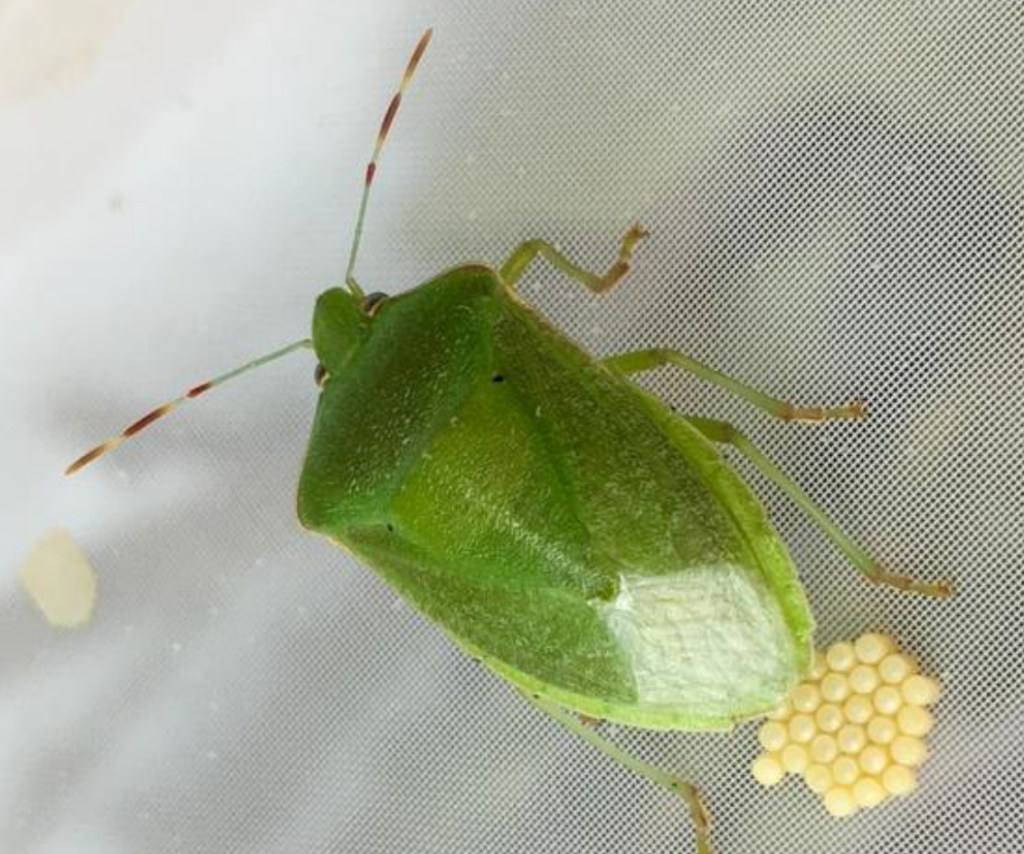
Related content:
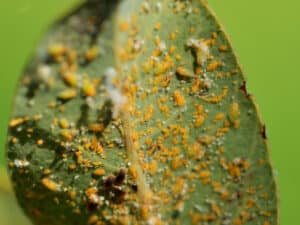
Pistachio psylla: A threatening pest in crops in Castilla-La Mancha and Extremadura
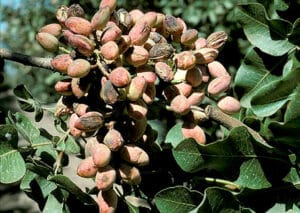
Alternaria in the pistachio tree: how to prevent and treat this common disease.
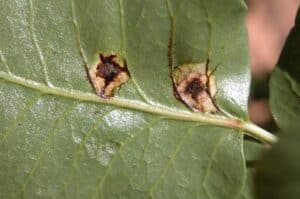
Rust in the pistachio tree: Pileolaria terebinthi C. and its impact
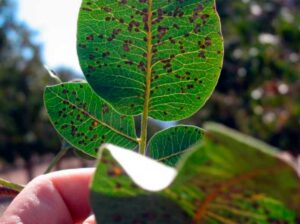
Septoriasis in the pistachio tree: Causes, symptoms and control measures.
Seeker:
Find out now:
You may also like:
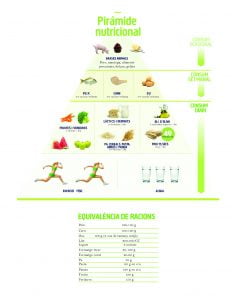
Pistachios star in the new pyramid of the Mediterranean Diet, one of the healthiest in the world.
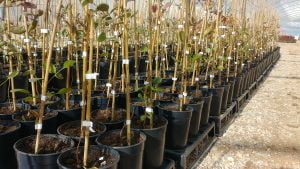
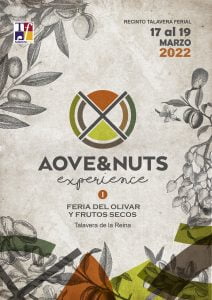
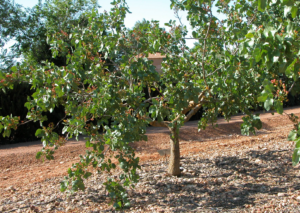
Pruning the pistachio tree: a key aspect in the cultivation and growth of the plant.
Entries by category:
- pistachio tree (1)
- Benefits of pistachio (4)
- Pistachio marketing (4)
- Price tables (3)
- Pistachio cultivation (8)
- Diseases and pests (8)
- Legal (7)
- Misterpistachio (1)
- Pistachio News (5)
- Rootstocks (2)
- Store (3)
Share this post with one click:
